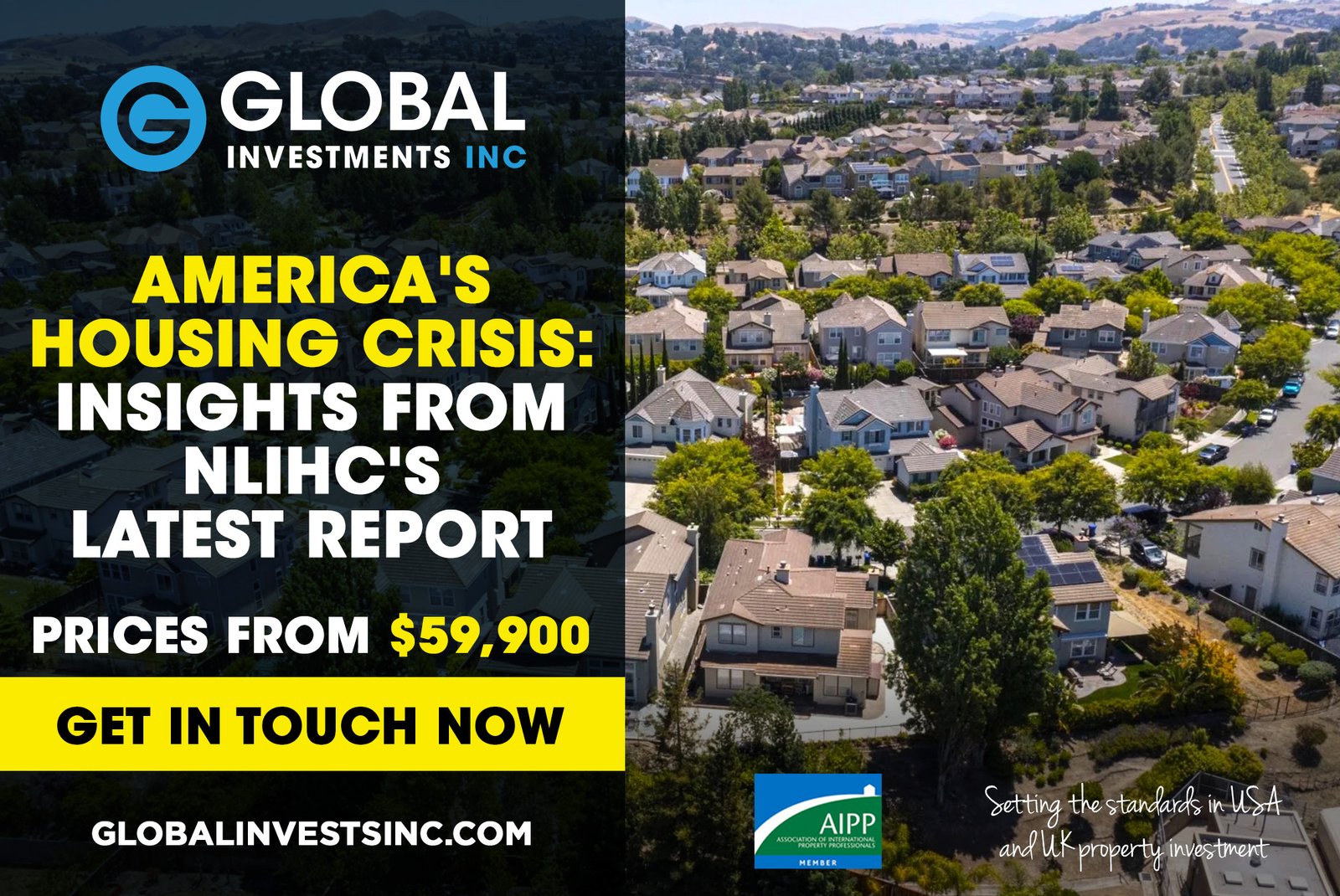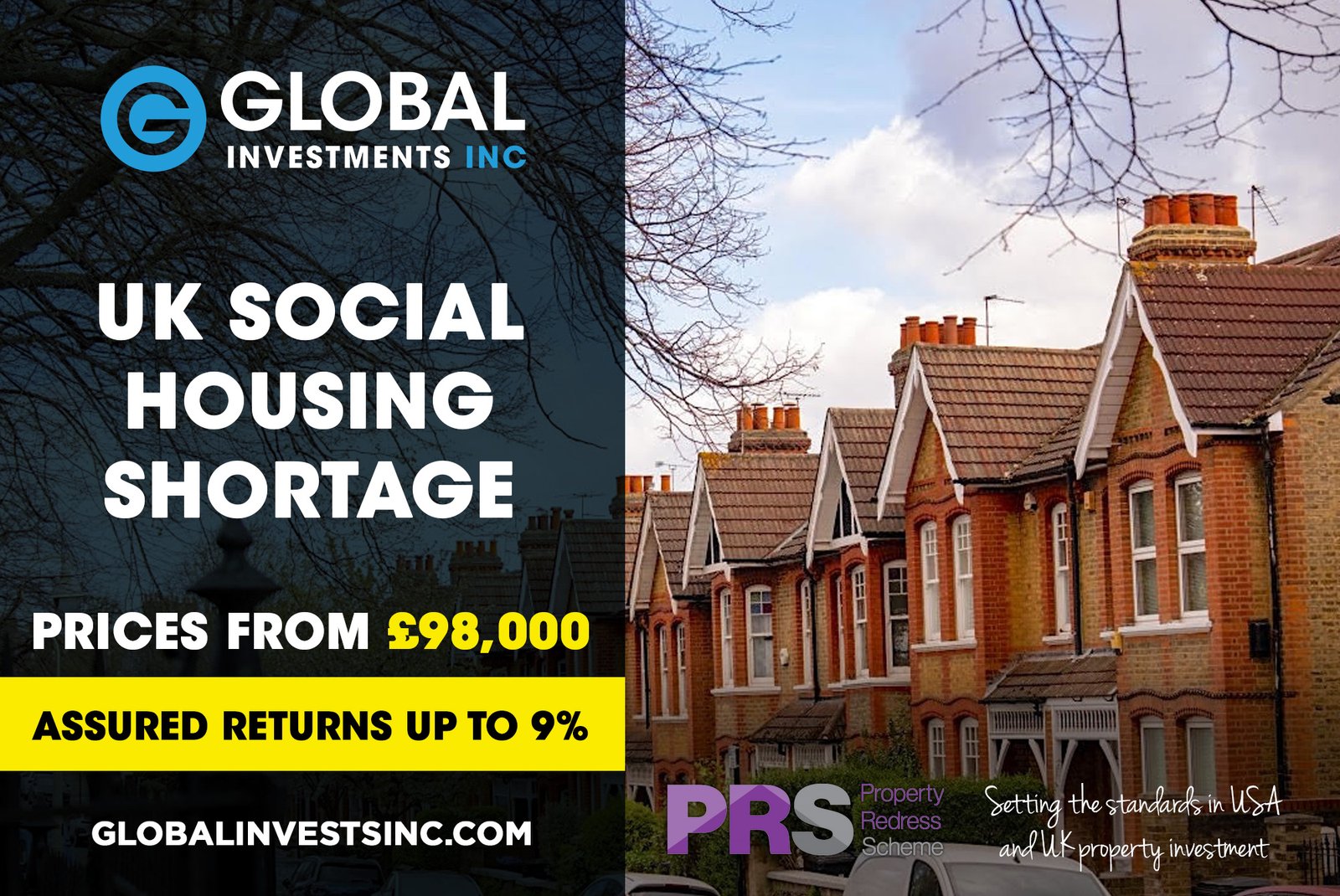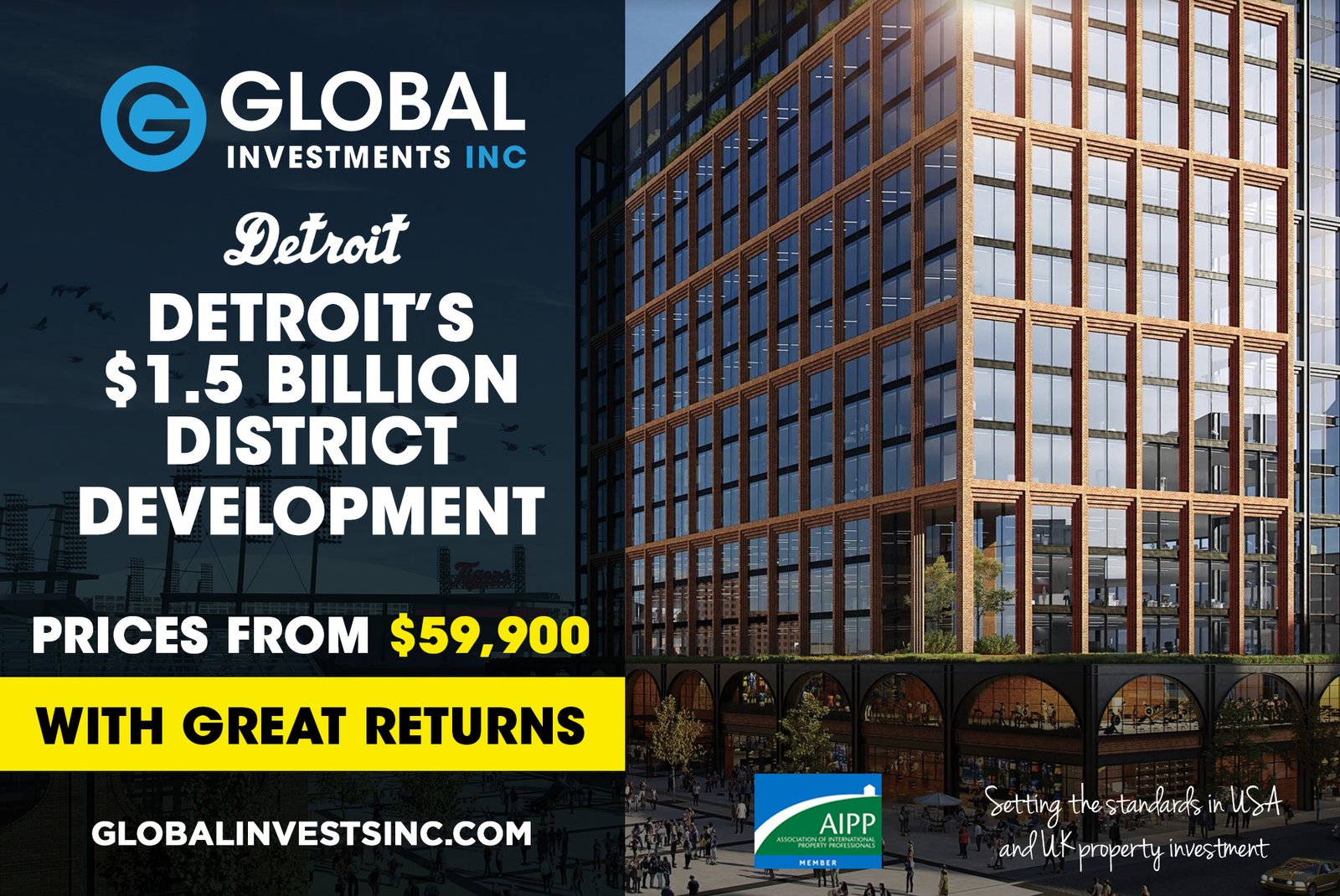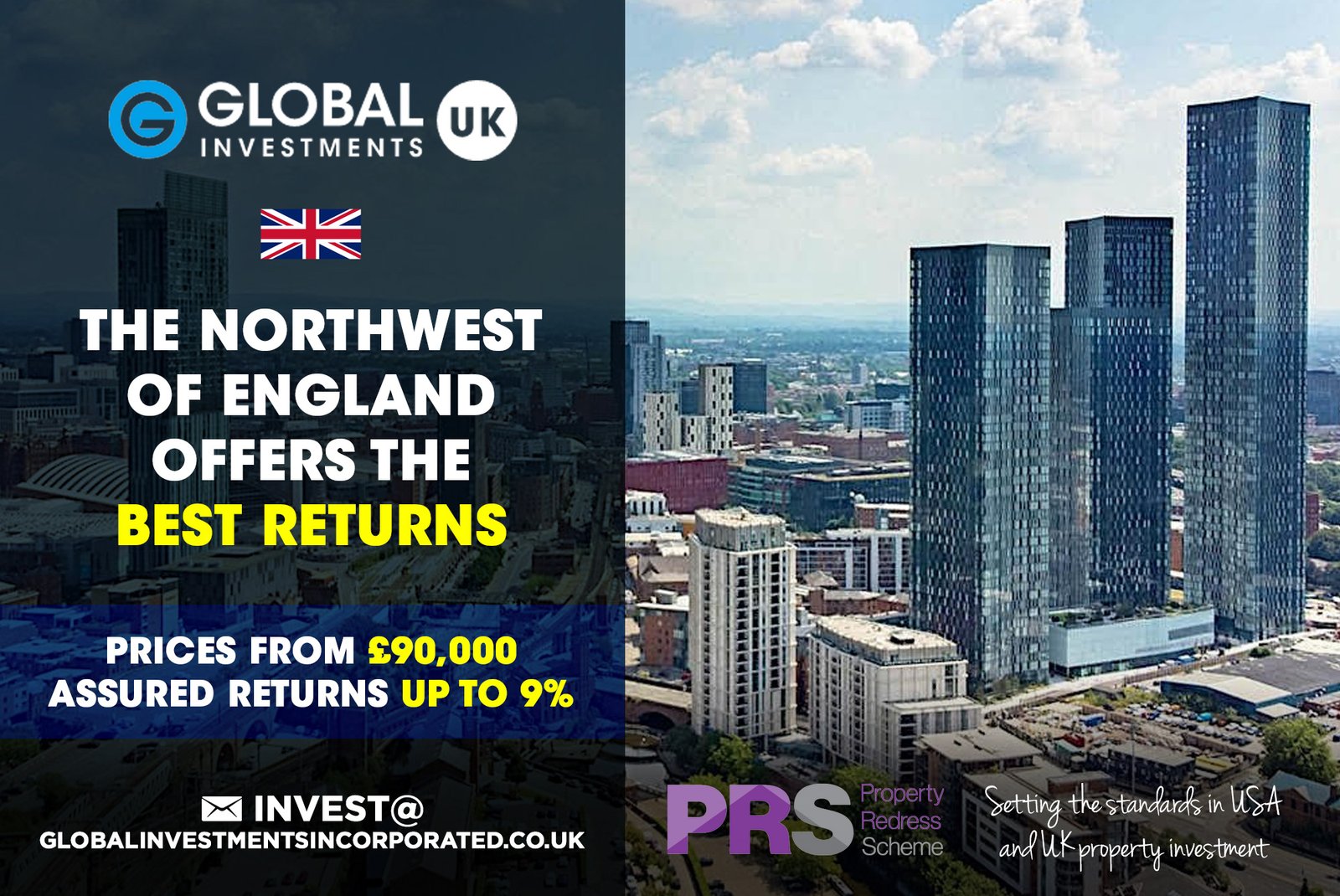
Why Cleveland is still one of the HOTEST markets for investors
Cleveland, a city with a population of around 380,000 and a huge metro area housing 2 million residents, is still one of the best hotspots for real estate investors. The city’s unique combination of affordability, growth potential, and economic stability offers a compelling case for both local and overseas investors. A Strong Economic Foundation Cleveland’s economy is anchored by key industries such as manufacturing, healthcare, and finance. The city is home to world-renowned institutions like the Cleveland Clinic, University Circle, and University Hospitals, which not only contribute to the local economy but also provide a level of stability that is highly attractive to investors. The Cleveland Clinic, the city’s largest employer, with 38,000 employees, underscores the healthcare sector’s recession-proof nature, making real estate investments in the area particularly appealing. Beyond healthcare, Cleveland is growing as a financial hub, with major companies like Progressive Insurance, Key Bank, and Amazon establishing significant presences. Amazon, for instance, has acquired 2.3 million square feet of office space in the city, while Sherwin-Williams, the global paint manufacturer, is building its new global headquarters and has pledged to invest over $600 million in the area. Real Estate Market Overview Cleveland’s real estate market offers a unique combination of affordability and growth potential. The average price for a single-family home in 2024 is approximately $211,000, which is 39% lower than the national average. Even more striking, the overall average home price is just $140,000, making it a whopping 60% below the national average. This significant affordability is one of the primary reasons Cleveland has become a hub for investors seeking low-entry housing with the potential for growth and steady cash flow. In certain neighborhoods like North and South Collinwood, prices are even lower, with homes available from $80,000. Despite recent double-digit appreciation—Cleveland home prices rose by an average of 26% between 2023 and 2024—the market remains accessible. Homes are selling faster as well, with average days on market dropping from 41 to 31 earlier in 2024. However, the market’s rising foreclosure rate, currently the highest in the country at 0.6%, has also attracted the attention of savvy investors looking for opportunities to buy properties at a discount. A Thriving Rental Market The rental market in Cleveland is equally promising for investors. In key investment neighborhoods, the average rent is $1,335, about 30% lower than the national average. This lower cost, combined with a favorable price-to-rent ratio of 13, makes buying more attractive than renting, signaling strong cash flow opportunities for property investors. Over the past decade, the average rent in the Cleveland metro area has increased by 39.4%, or 3.77% annually, further enhancing the appeal for buy-to-let investors. Cleveland has also led the nation in single-family rent increases over the past 10 years, with rentals rising by 9.4%. Investment Opportunities Given the market dynamics, Cleveland is ranked as the 8th hottest real estate market for 2024 by numerous top real estate platforms. With prices starting as low as $59,900 for single-family homes and duplexes available from $80,000, investors can expect net returns between 12% and 20%. The city’s combination of affordable entry points, strong rental demand, and consistent appreciation makes it an ideal environment for real estate investors looking to diversify their portfolios and capitalize on growth opportunities. Conclusion Cleveland offers a rare blend of affordability, growth, and economic stability, making it a prime destination for real estate investment in 2024. Whether you’re an out-of-state investor or an overseas buyer, Cleveland’s market dynamics present a lucrative opportunity that ticks all the right boxes. Contact us now for more information on how to take advantage of this booming market!








